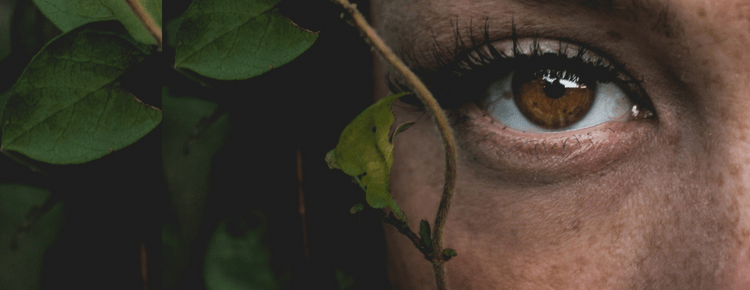Freckles, birth marks, moles. Almost everybody has some form of hyperpigmentation. What is it? Caused by an excess of melanin (the stuff that produces your natural skin colour), hyperpigmentation is simply areas of skin that are darker in colour than the rest of your skin. What’s the difference between a freckle and an age spot? We outline the cause behind each. Hint: sun exposure is a big factor. So slather on your SPF and read on.
Freckles
Freckles are usually inherited and are more prevalent in people with fair skin. They also tend to become darker when exposed to the sun. They are those pale brown spots most commonly found on the face, arms, shoulders, and upper back. And while genetics play a big part in whether you have freckles, if you notice them becoming darker and more prevalent, that’s a sign you’re getting too much sun.
Moles and Birthmarks
Moles, like freckles, are very common. The average person can have between three and 60 moles on their body. They are darker, bigger than freckles and are often raised from the skin. Although most moles are with you for life, some can fade over time. Moles can be present at birth (birthmarks) and can also form due to sun exposure. It’s not necessarily a bad sign for moles to change in size or colour, so don’t panic, but if a mole changes in appearance quickly, a visit to your doctor is a good idea.
Age/Liver Spots
Age spots are mainly small, flat patches of skin found on the hands and face. They often start off faint and get darker over time. The sole cause of age spots is sun exposure. Melanin absorbs the sun’s UV rays in order to protect the skin which produces dark spots. Want to avoid them? Wear SPF.
Melasma Spots
Melasma spots are a form of hyperpigmentation caused by hormonal changes, especially in women, often during pregnancy or taking birth control pills. Hormonal changes can trigger overproduction of melanin in the body, leading to large areas of darkened skin. Melasma is made worse with sun exposure.
Other Causes for Dark Spots
Acne scars can lead to hyperpigmented areas on your face. It is best to avoid picking at your pimples in order for your skin to heal properly. Also make sure you apply sunscreen or avoid the sun while blemishes are healing. Skin injuries and surgeries can also leave dark spots on the skin.
Seeing a trend? Of course, there is nothing wrong with having beauty marks—and many, like Marilyn Monroe’s, can be beautiful—but some are signs of sun damage. We recommend wearing sun protection 24/7/365. Not just in the sunny summer months.
Want a little help fading your sun spots? Visit us for our signature facial.


Recent Comments